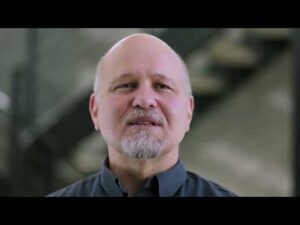DocSide is a proven concept. In fact, various large players in the healthcare space have successfully implemented e-consultation programs for the past twenty years. This all started at the University of California in San Francisco in the early 2000s, when they implemented an email-based consultation program to serve the under-insured or uninsured population because they couldn’t get that population in front of a specialist.
And so they simply said, “Hey, will you answer a question about patients via email when it’s appropriate and receive payment for every question you answer?”
The specialists responded, “You will actually pay us to answer an email from primary care clinics or wherever it might be?”
And the project organizers replied, “Yes, that’s the project.”
That project proved to be widely successful, and that same team was influential in getting a very similar program established in the LA County Department of Health. This program has been in place since and is currently doing approximately 20,000 e-consultations per month in a similar format.
Since then, the Veterans Administration has embraced the value of e-consultations, which now account for about 7% of all consults within the Veterans Administration health care system. The list goes on. Project CORE is a national initiative at academic medical centers throughout the United States that has implemented e-consultation programs with various levels of success.
As a result of these efforts, the value proposition of an electronic curbside, which is basically what e-consults are, captured the attention of the American Medical Association (AMA). In 2014, the AMA formally recognized curbsides, redefining them as interprofessional consultations. Those CPT codes were examined over a few years, and beginning on January 1, 2019, Medicare began to pay for them.
That’s right. You can be paid for curbsides. Here’s an even more interesting piece:
Now, most private payers reimburse them. As of January 1, 2023, even Medicaid pays for curbsides.
Well, what does that mean? A curbside is worth 0.7 RVUs. That is exactly the same RVU you get when you see a level two follow-up patient in your office. For Medicare, this is $33 – $35 per curbside. Private payors, depending on the state, reimburse at an average of $100 per curbside that is five minutes or longer.
If you consider the number of curbsides you get as a specialist, especially during on-call weeks, these can require significant time and effort. Studies show that specialists get an average of 3.6 curbsides per week or around 14 per month. Considering a reasonable payer blend, you could be generating an additional $10-$14,000 per clinician just by capturing the work you’re already doing.
Why wouldn’t you do that? You’re taking the calls, sharing critical expertise, optimizing patient care, and you deserve to be recognized for your time, effort and recommendations.





